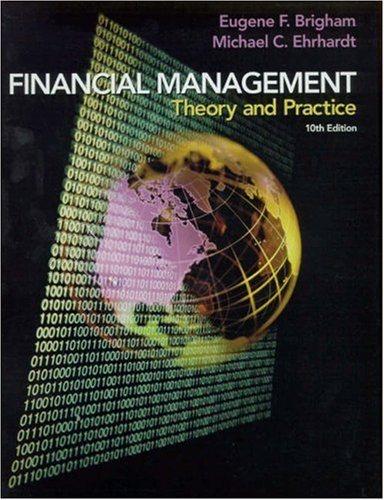
Suppose that you are given the following term structure of zero-coupon yields (spot rates). Maturityr 0.5 0.02 1 0.025 1.5 0.03 2 0.04 Annual interest rates that are semi-annually compounded 1. From the given spot rates, calculate the forward rates, f(0, 0.5, 1), f(0, 1, 1.5), f(0, 1.5, 2), and f(0, 0.5, 2). 2. Suppose that f(0, 1, 1.5) = 4.5%. (This should be almost 0.5 percentage points higher than what you found above.) Using f(0, 1, 1.5) and the given zero coupon yields, construct an arbitrage trading strategy to take advantage of this mispricing. Note: It may be helpful to first calculate zero-coupon bond prices for maturities of 1- year and 1.5-years. You can then create a synthetic forward contract before forming a strategy. 3. Suppose that we go back to #l. You enter into a forward rate agreement to lend $100 at t = 0.5 and be repaid at t = 2 at the forward rate of f(0, 0.5, 2). What happens to the value of the forward rate agreement if all interest rates decline by one percentage point in the instant after you enter into the forward rate agreement? What happens if the value of the forward rate agreement if all interest rates increase by one percentage point in the instant after you enter into the forward rate agreement? Hint: Do not overcomplicate this. Write down the cash flows to the FRA that you enter into. Then, calculate the NPV using the new discount rates. 1 4. What does your answer in #3 imply about the modified ciurations of your cash outflows and cash inflows in the forward rate agreement? Suppose that you are given the following term structure of zero-coupon yields (spot rates). Maturityr 0.5 0.02 1 0.025 1.5 0.03 2 0.04 Annual interest rates that are semi-annually compounded 1. From the given spot rates, calculate the forward rates, f(0, 0.5, 1), f(0, 1, 1.5), f(0, 1.5, 2), and f(0, 0.5, 2). 2. Suppose that f(0, 1, 1.5) = 4.5%. (This should be almost 0.5 percentage points higher than what you found above.) Using f(0, 1, 1.5) and the given zero coupon yields, construct an arbitrage trading strategy to take advantage of this mispricing. Note: It may be helpful to first calculate zero-coupon bond prices for maturities of 1- year and 1.5-years. You can then create a synthetic forward contract before forming a strategy. 3. Suppose that we go back to #l. You enter into a forward rate agreement to lend $100 at t = 0.5 and be repaid at t = 2 at the forward rate of f(0, 0.5, 2). What happens to the value of the forward rate agreement if all interest rates decline by one percentage point in the instant after you enter into the forward rate agreement? What happens if the value of the forward rate agreement if all interest rates increase by one percentage point in the instant after you enter into the forward rate agreement? Hint: Do not overcomplicate this. Write down the cash flows to the FRA that you enter into. Then, calculate the NPV using the new discount rates. 1 4. What does your answer in #3 imply about the modified ciurations of your cash outflows and cash inflows in the forward rate agreement







